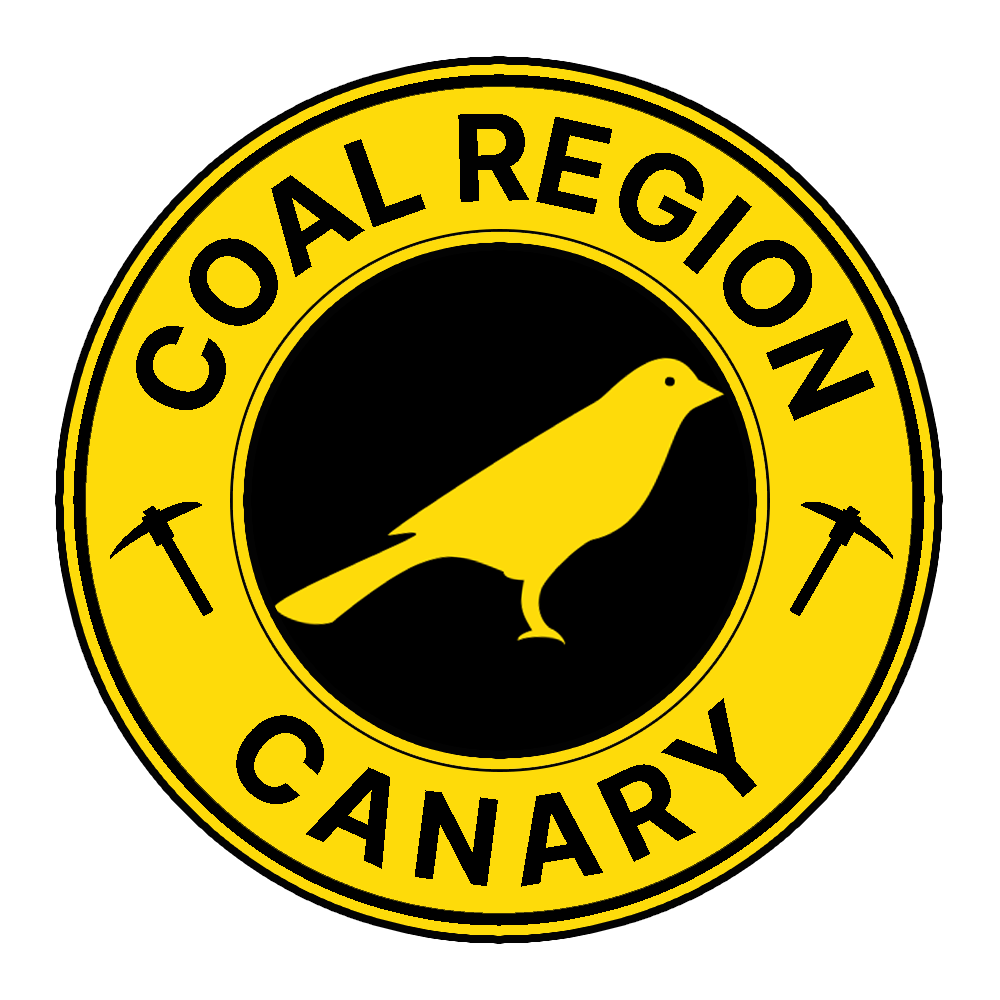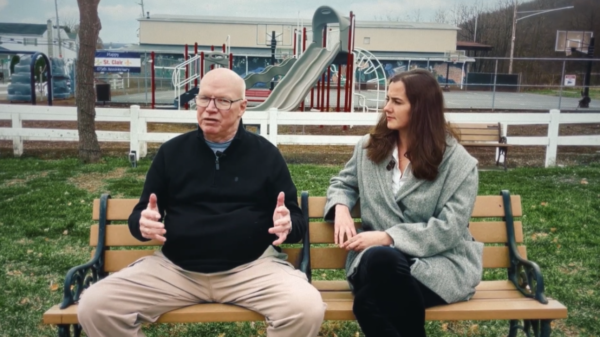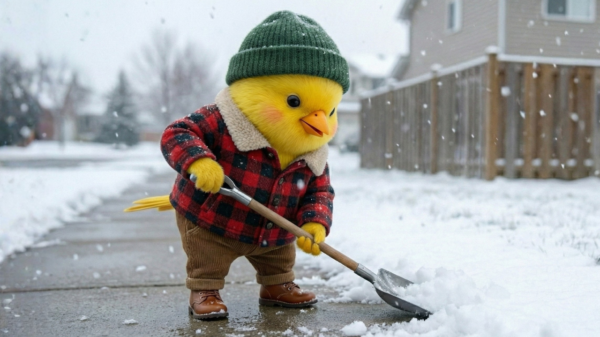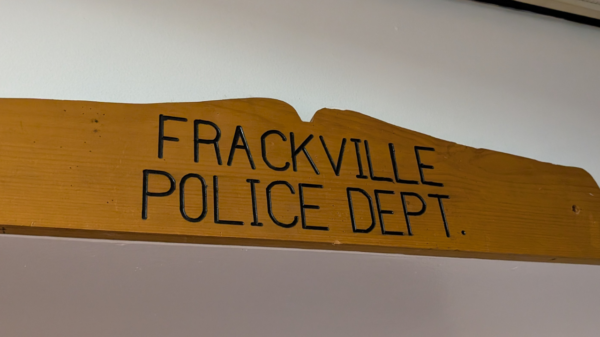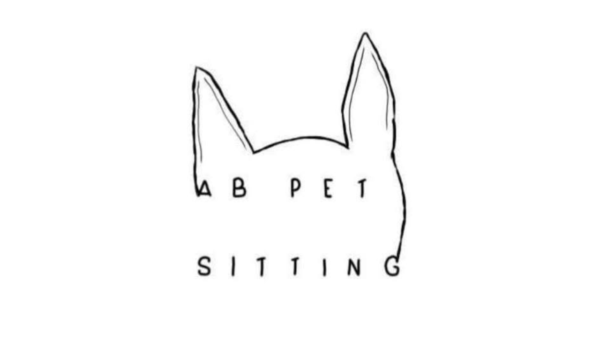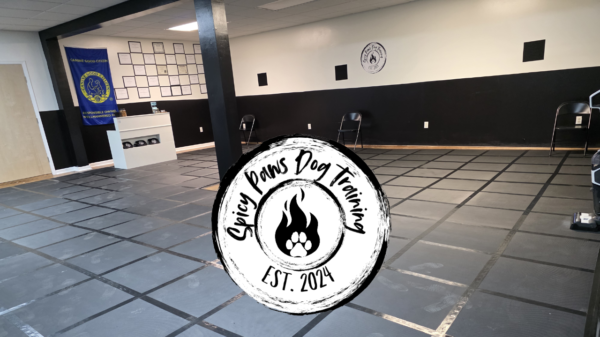From the rugged homesteads of America’s pioneers to the peaceful cabins nestled in the woods, outhouses have served as essential facilities for those living in rural areas. You can still find plenty of outhouses – functioning or not – in rural areas Schuylkill County, like Pine Grove. But what is an outhouse?
Despite the ubiquity of modern plumbing, the humble outhouse still holds its charm and practicality for many. In this extensive article, we’ll explore the ins and outs of outhouses, including their history, how they work, and the role they play in sustainable sanitation.
What is an Outhouse?
Defining the Outhouse
At its core, an outhouse is a simple structure designed to house a toilet, typically without plumbing. It consists of four walls, a roof, and a hole in the ground, which serves as the waste receptacle. The structure is usually small, and it’s situated outside the main living area, hence the name “outhouse.” The primary purpose of an outhouse is to provide a private and sanitary space for people to relieve themselves.
Different Types of Outhouses
There are several types of outhouses, each with its unique design and function. The most common types are:
- Pit latrine: This type of outhouse consists of a hole dug into the ground, which serves as a receptacle for human waste. A platform or bench is built over the hole, with an opening for users to sit or squat. Pit latrines can range from simple, makeshift designs to more elaborate structures with concrete walls and roofs.
- Bucket latrine: Similar to a pit latrine, a bucket latrine uses a bucket or other container to collect waste instead of a hole in the ground. The bucket is periodically emptied and the waste disposed of or composted.
- Composting toilet: An eco-friendly alternative to traditional outhouses, composting toilets use a system that decomposes human waste into compost. The waste is stored in a container separate from the toilet, and microorganisms break it down over time, producing nutrient-rich compost that can be used in gardening or agriculture.
The History of Outhouses
Ancient Civilizations and Early Outhouses
The concept of an outhouse can be traced back to ancient civilizations, where people used basic latrines and communal toilets. In ancient Rome, public latrines were a common sight, featuring rows of seats with holes that led to a flowing water channel below. In contrast, ancient Egyptians built simple brick outhouses with a hole in the ground, while people in ancient China constructed more elaborate pit latrines with wooden or stone partitions for privacy.
Outhouses in America
Outhouses became a staple of American life during the colonial era, with settlers and homesteaders relying on them for waste disposal. Early American outhouses were often built with wood or stone, featuring a single hole or multiple holes for families. The iconic crescent moon cutout on the door of many outhouses served as a ventilation source and a symbol for women’s facilities, while a star cutout indicated a men’s facility.
As outhouses evolved, so did their architecture and design. Some boasted intricate woodwork, shingled roofs, or ornamental details, reflecting the pride that owners took in their sanitation facilities. Today, these structures serve as reminders of America’s rural past and continue to be cherished by enthusiasts and historians alike.
How Do Outhouses Work?
The Science Behind Waste Disposal
Outhouses rely on the natural decomposition of waste to break it down and prevent unpleasant odors. This process is facilitated by bacteria, which consume the organic matter in the waste and convert it into simpler compounds. There are two types of bacteria involved in the decomposition process: aerobic bacteria, which require oxygen to function, and anaerobic bacteria, which can survive without oxygen. Both types of bacteria play a crucial role in breaking down waste and maintaining a healthy outhouse environment.
A well-functioning outhouse will have a balance of aerobic and anaerobic bacteria, which work together to decompose waste and minimize odors. To promote this balance, it’s essential to ensure proper ventilation, which allows fresh air to circulate and encourages the growth of aerobic bacteria.
Maintenance and Upkeep
Proper maintenance is critical to keep an outhouse clean, functional, and free of odors and pests. Here are some tips for maintaining a sanitary and efficient outhouse:
- Regular cleaning: Wipe down the toilet seat and surrounding surfaces with a mild disinfectant to keep the area clean and prevent the spread of germs.
- Managing odors: To minimize unpleasant smells, sprinkle a layer of wood ash, sawdust, or lime in the pit after each use. These materials help absorb moisture and neutralize odors.
- Controlling pests: Make sure the outhouse is sealed and free of cracks or gaps to prevent insects and rodents from entering. If necessary, install screens on windows and vents to keep pests at bay.
- Proper waste disposal: When the pit becomes full, it’s essential to dispose of the waste according to local regulations. In some cases, this may involve hiring a professional to pump out the contents or filling in the hole and digging a new one.
Modern Outhouses and Eco-Friendly Alternatives
Composting Toilets

As environmental concerns continue to gain prominence, composting toilets have emerged as a sustainable alternative to traditional outhouses. These toilets use a system that decomposes human waste into compost, which can then be used as fertilizer for plants and gardens.
Unlike conventional outhouses, composting toilets don’t require a hole in the ground or a connection to a septic system. Instead, waste is collected in a separate container, where it is mixed with materials like sawdust, peat moss, or wood shavings to promote decomposition. Over time, the waste breaks down into nutrient-rich compost, which can be safely used in gardening or agriculture.
Composting toilets offer several benefits, including reduced water usage, lower maintenance requirements, and minimal environmental impact. However, they can be more expensive to install and may require more frequent maintenance, such as turning the compost or emptying the container.
Dry Toilets
Another eco-friendly option for rural sanitation is the dry toilet, which operates without using water to flush waste. Instead, waste is collected in a container or pit and covered with a dry material, like sawdust or wood shavings, to facilitate decomposition and control odors. Once the container is full, the waste can be composted or disposed of according to local regulations.
Dry toilets are advantageous in areas with limited water resources or where traditional plumbing isn’t feasible. They also contribute to water conservation efforts and minimize the risk of groundwater contamination. However, like composting toilets, they may require more hands-on maintenance than conventional outhouses.
FAQs – What is an Outhouse?
How deep should an outhouse hole be?
The recommended depth for an outhouse hole is between 3 and 6 feet, depending on factors like soil composition, water table levels, and local regulations. A deeper hole can accommodate more waste and may require less frequent maintenance, but it’s important to consider potential groundwater contamination and the stability of the soil when determining the appropriate depth.
How often do outhouses need to be cleaned?
The frequency of outhouse cleaning depends on factors like usage, hole depth, and the type of outhouse. Generally, a well-maintained outhouse should be cleaned at least once a year, or more frequently if it’s heavily used or starts to develop unpleasant odors. Regularly adding absorbent materials like sawdust, lime, or wood ash to the pit can help extend the time between cleanings.
Are outhouses legal?
The legality of outhouses depends on local zoning and building codes, as well as environmental and health regulations. In some areas, outhouses are allowed, while others may have stricter rules governing their construction and use. Before building an outhouse, it’s essential to consult with your local government or health department to ensure you’re adhering to all applicable laws and guidelines.
Can an outhouse be added to an existing property?
Adding an outhouse to an existing property is feasible if you have enough space, and if it’s permitted by local zoning and building codes. Before constructing an outhouse, you should:
- Check local regulations and obtain any necessary permits.
- Determine the best location for the outhouse, taking into account factors like proximity to the main living area, groundwater sources, and prevailing winds.
- Choose the type of outhouse that best suits your needs and preferences, such as a pit latrine, composting toilet, or dry toilet.
- Ensure proper construction, including a sturdy foundation, adequate ventilation, and weather-resistant materials.
The Cultural Significance of Outhouses
Outhouses in Popular Culture
Outhouses have made their mark in popular culture, appearing in movies, books, and television shows as symbols of a simpler time or a testament to human ingenuity. Some famous examples include the outhouse scene in the classic film “The Wizard of Oz” and the comical outhouse mishaps in “The Beverly Hillbillies” television series. These portrayals have helped to preserve the memory and charm of outhouses for generations to come.
Outhouse-Themed Events and Attractions
Across the United States and beyond, outhouse-themed events and attractions draw crowds of enthusiasts and curious visitors. Some notable examples include:
- Outhouse races: These quirky events involve teams racing homemade outhouses on wheels, often with hilarious results. Popular outhouse races take place in locations like Virginia City, Nevada, and Anchorage, Alaska.
- Outhouse museums: Dedicated to preserving the history and craftsmanship of outhouses, these museums showcase unique and antique outhouse designs. The Outhouse Museum in Griggsville, Illinois, and the Sulabh International Museum of Toilets in New Delhi, India, are two examples.
- Unique and unusual outhouses: From art installations to architectural marvels, outhouses around the world have taken on creative and distinctive forms. For example, the Hundertwasser Toilets in Kawakawa, New Zealand, are a colorful and whimsical public restroom designed by artist Friedensreich Hundertwasser.
Subscribe to Coal Region Canary
Get email updates from Coal Region Canary by becoming a subscriber today. Just enter your email address below to get started!Support Coal Region Canary
Like our reporting and want to support truly local news in Schuylkill County? Your small donations help. For as little as $5, your contribution will allow us to cover more news that directly affects you. Consider donating today by hitting the big yellow button below ...